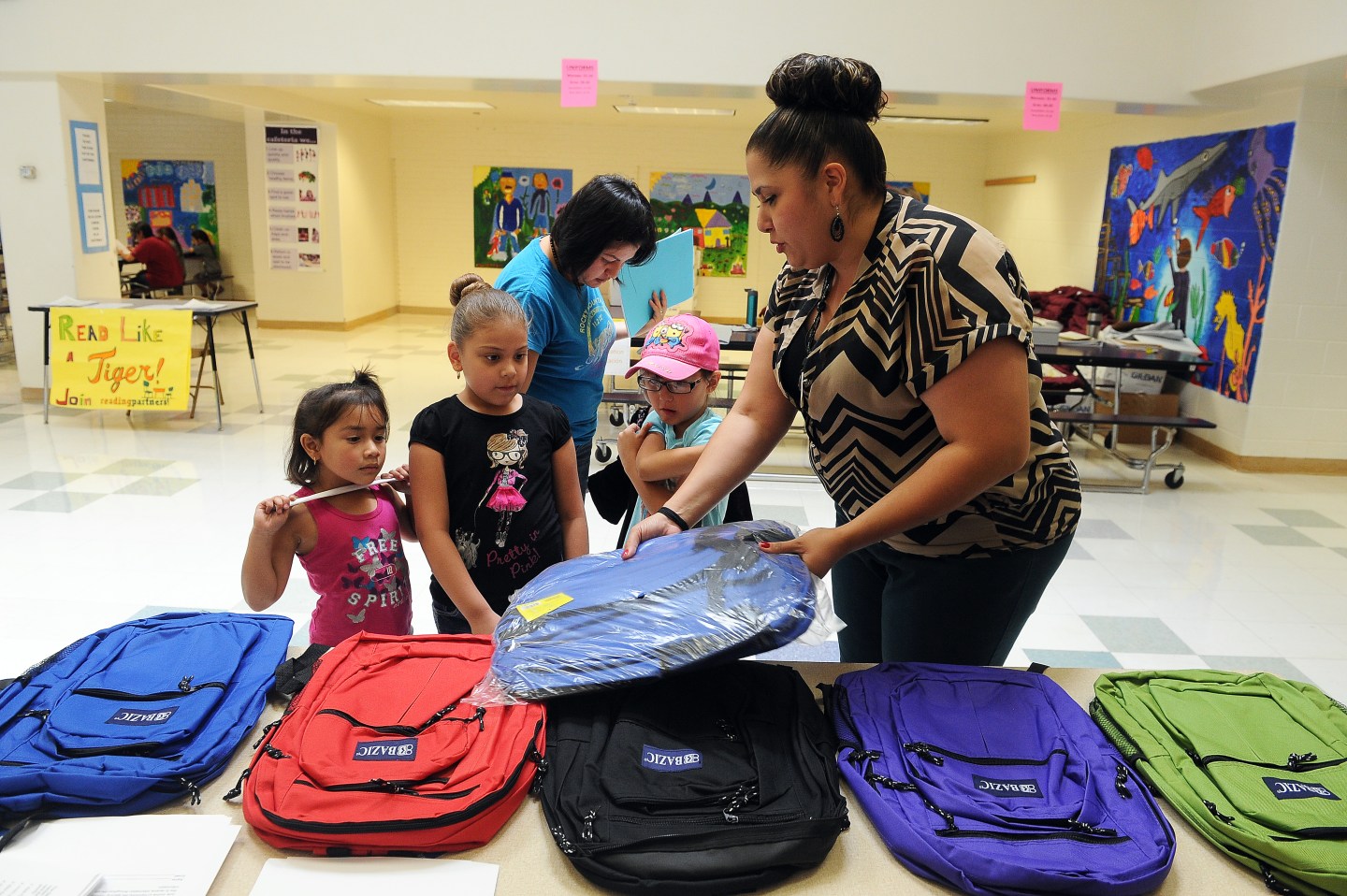The backpack business in the U.S. is a $2.7 billion behemoth of an industry, but there are signs that it may be in danger.
The New York Times reported Wednesday that a rise in digital forms of learning, and fewer textbooks, are forcing backpack makers scramble to innovate.
Backpack creators have played with new designs in recent years to engage consumers looking to keep their electronics safe on the go. Laptop pockets have appeared in recent years, and there are even pricier models that come equipped with chargers for students (and others) in need of juice for their dying smartphones.
There appears to be room for more innovation. The industry still typically sees older models of backpacks bought the most, such as those created by VF, which has 55% of the market and owns brands such as Eastpak, Timberland, and North Face.
The Times says backpack sales may be up just 3.9% this year—a smaller increase than prior years. The back-to-school market, too, appears to be set to struggle this year, with 9% less expected to be spent versus last year, when consumers spent $68 billion.
“The market for backpacks is becoming saturated and is nearing its peak,” Ayako Homma, a Euromonitor research analyst, told the publication. She added that shoppers are “looking for something new and different.”
Read more at the New York Times website.












